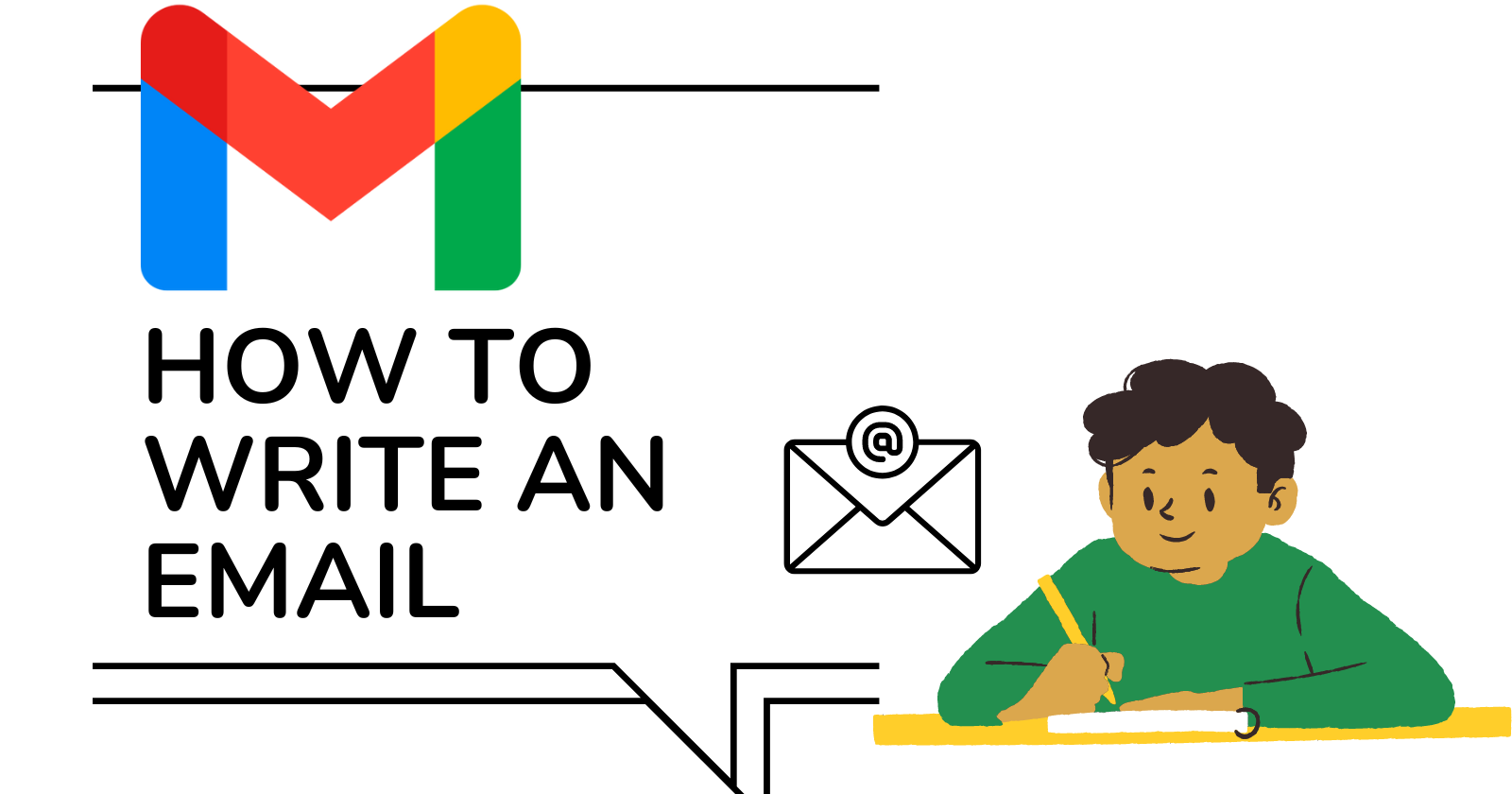How to Craft Emails Like a Pro

In today’s world, where communication relies heavily on emails, crafting a compelling message has become an essential skill. Whether you're reaching out to clients, connecting with colleagues, or following up on projects, a well-composed email can significantly impact your professional success. Here’s a guide on writing impactful emails that drive results, making sure every aspect of your email stands out and engages the reader.
Start with a Strong Subject Line
The subject line is the first impression your email makes, and it often determines whether it will be opened. Aim for a subject line that is clear, concise, and relevant. Instead of writing "Follow-up," try "Follow-up on Project Milestones - Action Needed" or "Reminder: Meeting on Friday at 2 PM." A well-crafted subject line piques interest, sets expectations, and helps the reader prioritise. Remember, a vague or generic subject line could mean your message gets overlooked or even marked as spam.
Once your email is opened, the greeting sets the tone for the message. It’s essential to address the recipient appropriately, which usually means starting with "Dear" or "Hello" followed by their name. Avoid overly casual greetings unless you are familiar with the person or work in a very relaxed environment. Using a professional greeting not only respects the reader but also reinforces your professional image, especially in formal or business communication.
Keep the Body Concise and Focused
An effective email is concise yet informative, avoiding unnecessary details that could dilute the message. Start with a brief introduction if needed, followed by the main point of your email. Use clear, direct language and avoid jargon unless you’re sure the reader will understand it. Long-winded sentences or excessive detail can lead to the reader losing interest or misunderstanding the purpose of the email. Aim for a readable format that presents information logically and makes it easy for the recipient to respond or take action.
Use Bulleted Lists for Clarity
When you have multiple points to address, consider using bullet points. Lists allow the reader to scan the information quickly and understand your key points without wading through paragraphs of text. For example, if you're outlining tasks for a project, listing them in a bulleted format keeps the information structured and helps the reader remember each item. Just be sure to limit the list to essential points to avoid overwhelming the reader.
Be Mindful of Tone and Language
Your tone conveys the level of formality and respect in the message. In professional emails, avoid slang, excessive exclamation marks, and emoticons. However, aim for a friendly yet respectful tone, as it fosters positive rapport. British English uses words like "favour" rather than "favor" and phrases like "kind regards" instead of “best regards,” so adjust your language based on the audience's preferences or norms. A mindful tone reinforces your professionalism while making your message pleasant to read.
Close with a Clear Call to Action
The closing of your email should tell the reader what action you need them to take next, whether it’s scheduling a meeting, reviewing a document, or simply replying to confirm. Avoid ambiguous statements like "Let me know" without specifying what feedback you’re expecting. If the action required is time-sensitive, mention a deadline or request a quick response. A clear call to action helps the recipient understand their next steps, making it easier for them to respond promptly.
Include a Polite Closing Statement
End your email with a courteous sign-off that reinforces your appreciation for the reader’s time. Common closings include "Kind regards," "Best wishes," or simply "Regards." Always follow up with your name and, if applicable, your job title and contact information. A well-chosen closing statement leaves a positive final impression, ensuring your message is both polite and professional.
Before hitting send, take a moment to review your email for typos, grammatical errors, or unclear statements. A quick read-through can save you from potential miscommunication and reflects your attention to detail. Many email programs have built-in spell-checkers, but don’t rely solely on them—read through your email to ensure clarity and accuracy. A polished email is more likely to make a good impression and help you achieve your communication goals.
By following these principles, you can craft emails that are professional, clear, and impactful. This approach not only enhances your communication skills but also strengthens your professional relationships and increases the likelihood of a positive response.







